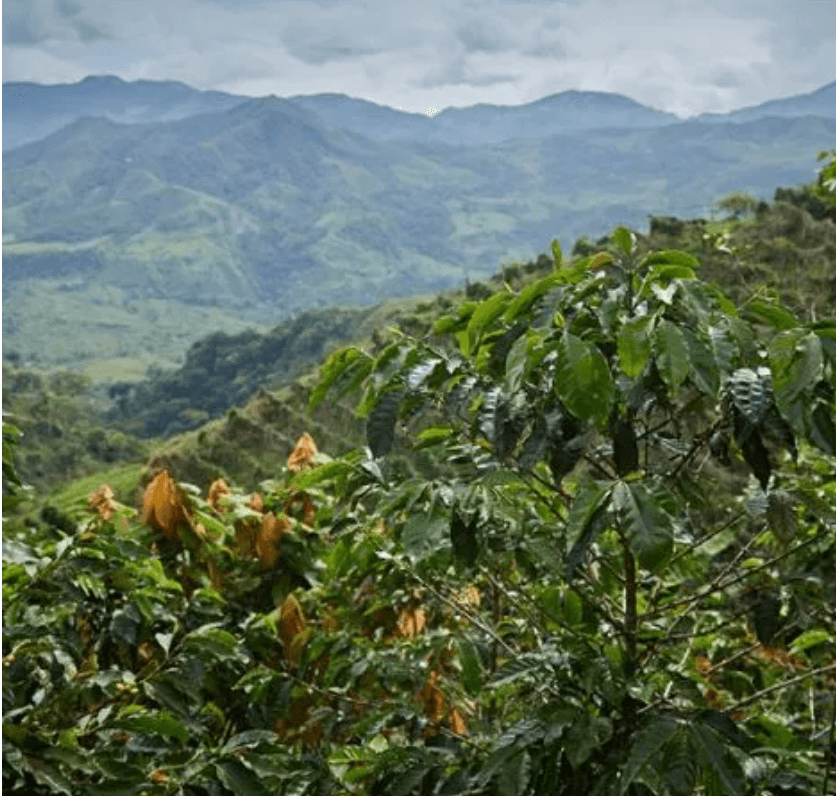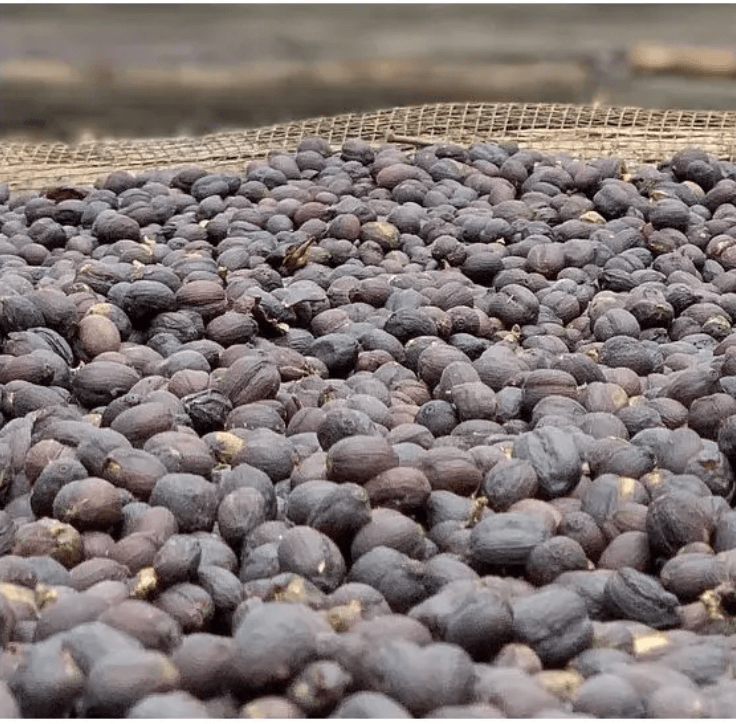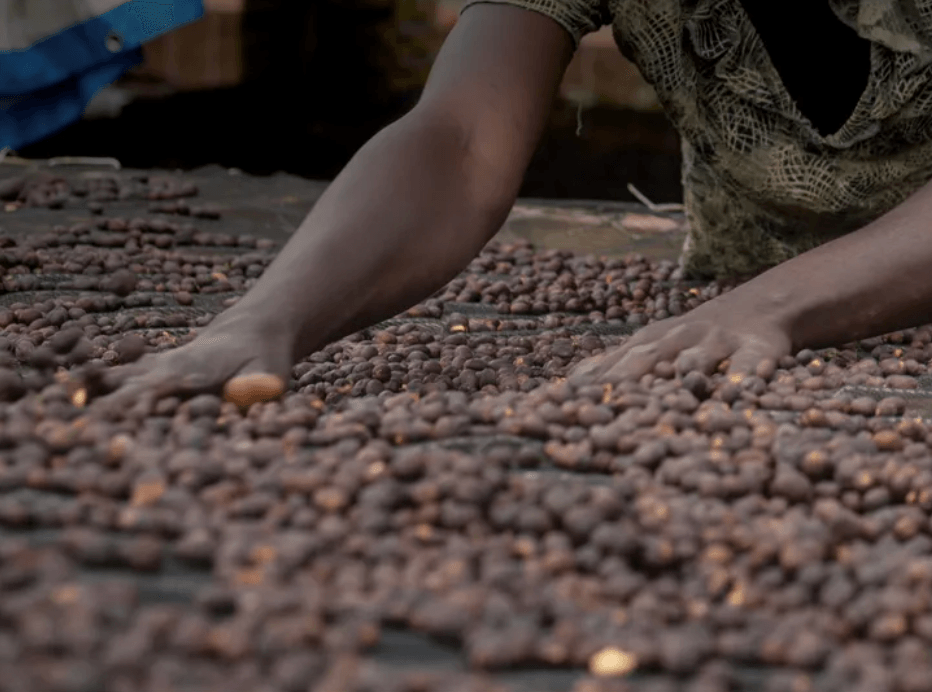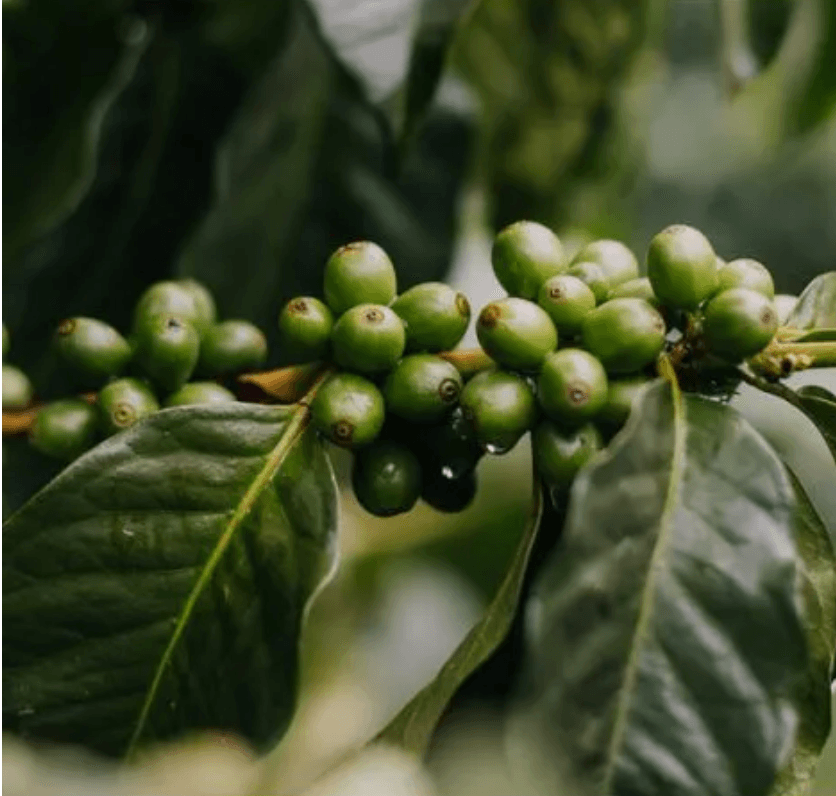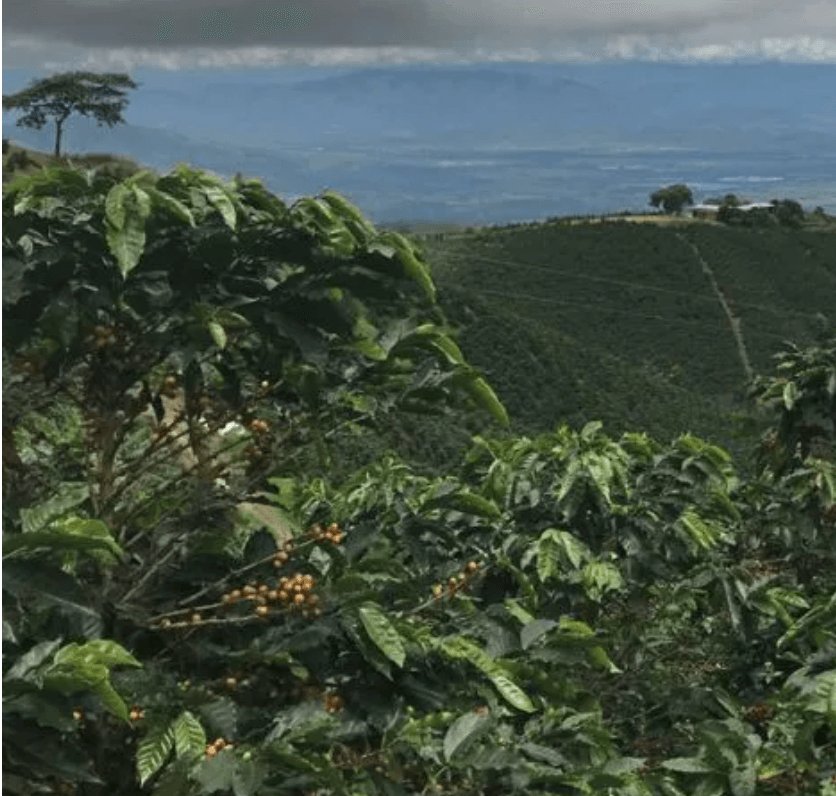Beanroasters.se
Colombia Dulima EP10 raw coffee beans
Colombia Dulima EP10 raw coffee beans
Couldn't load pickup availability
Colombia Dulima EP10 Green coffee beans
Or unroasted coffee, Råkaffe, raw coffee, Green coffee beans
This raw coffee works great as a dark roast or medium roast. With a taste of chocolate and hazelnut when roasted darker, it is a wonderful base in most coffee blends.
Known for its diversity of flavors and high quality, Colombian coffee is a favorite among millions of coffee drinkers around the world. Produced by hundreds of smallholder farms, the country has developed into the third largest coffee producer in the world, behind only Brazil and Vietnam.
While coffee from Colombia is often characterized as mild, well-balanced and with a medium to high acidity, this can vary from region to region. A range of varieties, microclimates and farming techniques make it difficult to pin down, with cupping notes that range from ripe and fruity to chocolaty and nutty.
To unlock the full potential of Colombian coffee beans, it is the responsibility of the roasters to ensure that everything from the charging temperature to the rate of rise is controlled. But it is also important to take consumer requirements into account.
About this Raw Coffee
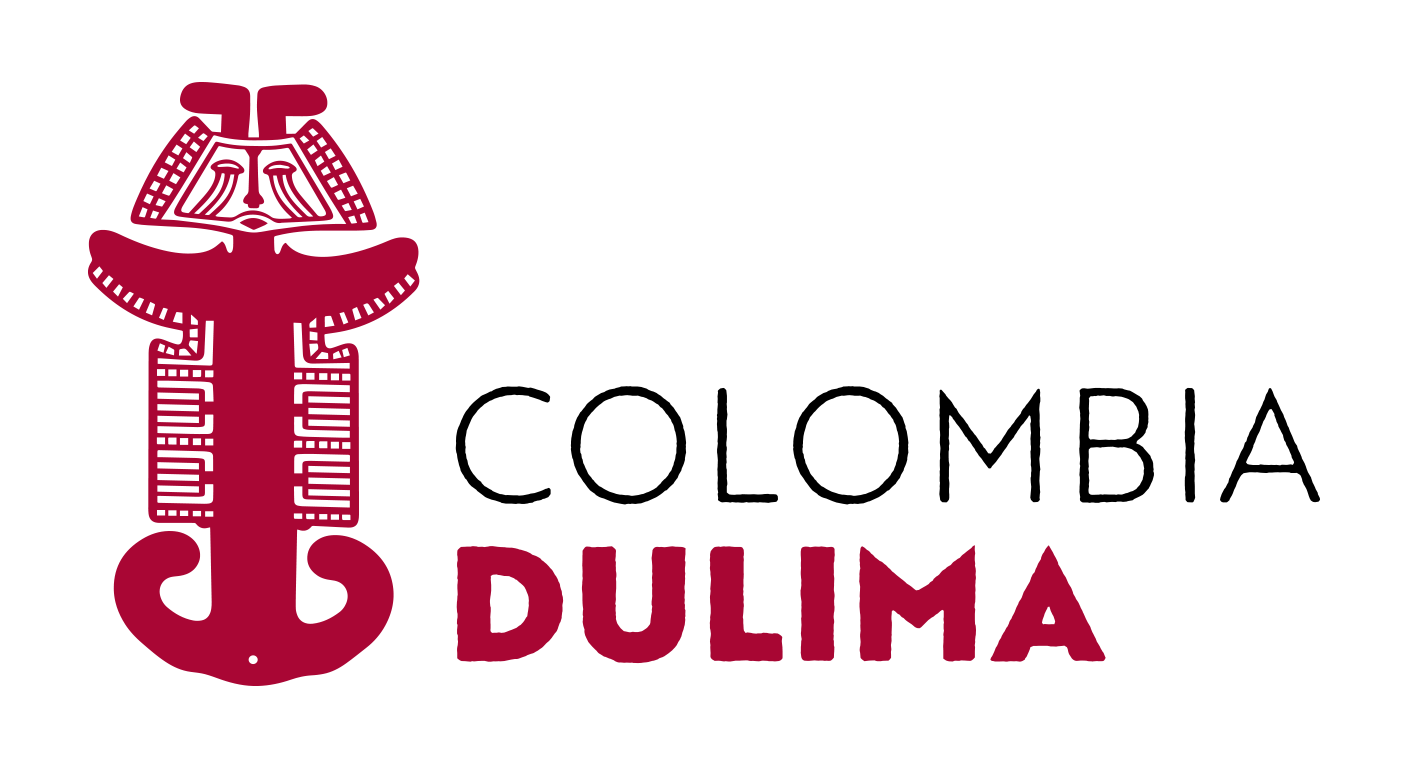
Dulima was created in 2009 to capture the typical coffee profile of the central and southern Huila region. In Huila's volcanoes and mountains, outstanding coffee is grown. We carefully select lots through a rigorous sensory analysis at the source to guarantee profile consistency and quality from lot to lot.
Dulima was inspired by indigenous groups from the southern region of Colombia, namely The Pijaos people of the region around the Tolima volcano, natives long before the Spanish arrived, who called the volcano "Dulima", meaning snow queen.
| Origin | Colombia |
|---|---|
| Subregion | Huila |
| Harvest Season | 2021/22 |
| Producer Type | Small Holder Farmers |
| Processing | Washed |
| Growing Altitude | 1500m - 1800m |
| Plant Species | Arabica |
|---|---|
| Variety | Caturra, Colombia |
| Coffee Grade | COL CA WA EXCO EP10 |
| Bag Weight | 70 KG BAG |
| Bag Types | Grain Pro / Ecotact |
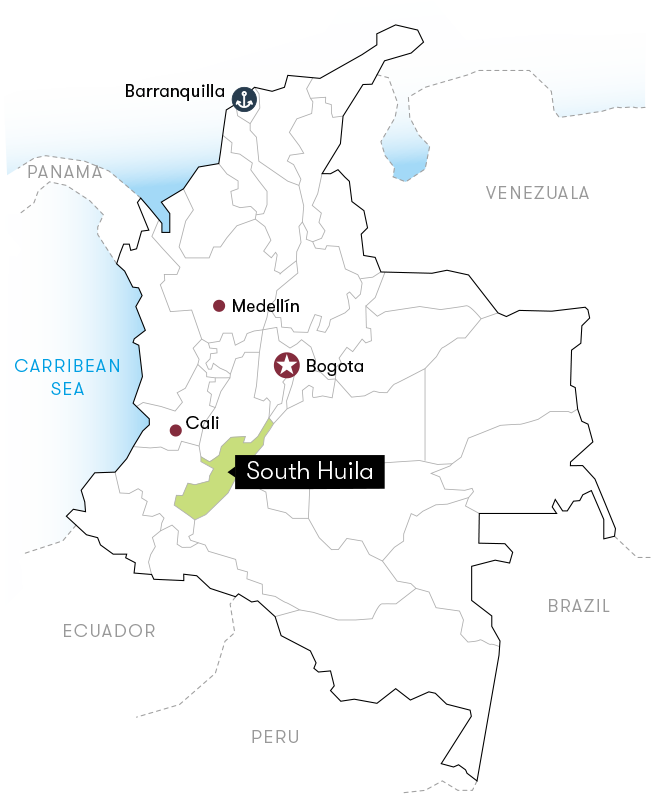
The region
The Huila region is well known for its coffee quality, but also for being the first historical department in Colombia to begin coffee production. The farmers in Huila are very quality conscious. Their crops receive a lot of care and attention and they tend to be the most cutting edge when it comes to adopting new breeding and growing methods. The most relevant municipalities for coffee in Huila are: Pitalito, Garzón, Gigante, San Agustín, La Plata, Paicol, Acevedo, among others.
Huila coffee accounts for 18% of Colombian production. It is always in demand and is often preferred as a single origin offering for its balance between acidity and sweetness. Huilan's landscape is dominated by volcanoes and mountains, providing a rich terroir of high altitude and fertile soil and offering a wide range of ecosystems in which coffee can be grown. There are producing estates ranging from 1,500 masl up to 2,300 masl, giving the cup profile great attributes such as bright acidity and characteristic sweet notes.
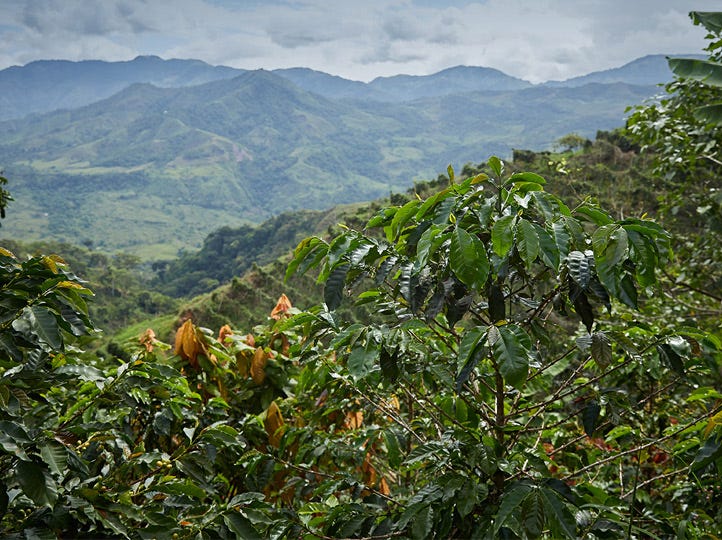
History of coffee in Colombia
As with many coffee origins, it is believed that coffee first came to Colombia by priests, arriving perhaps within a decade or two after coffee first came to the Americas via the Caribbean in the first half of the 17th century. It was likely a horticultural crop grown for local consumption and barter for decades. Unlike other coffee regions, we have the story of a priest named Francisco Romero, who could be called the father of commercial coffee cultivation in Colombia. The folkloric story says that in the early 19th century, Father Francisco, hearing confessions in the northeastern town of Salazar de la Palmas, ordered his parishioners to plant coffee as penance for their sins. The Archbishop of Colombia heard about this and ordered all priests to adopt this practice. The commercial production of coffee expanded rapidly, moving into regions where growing conditions were ideal.
Share
